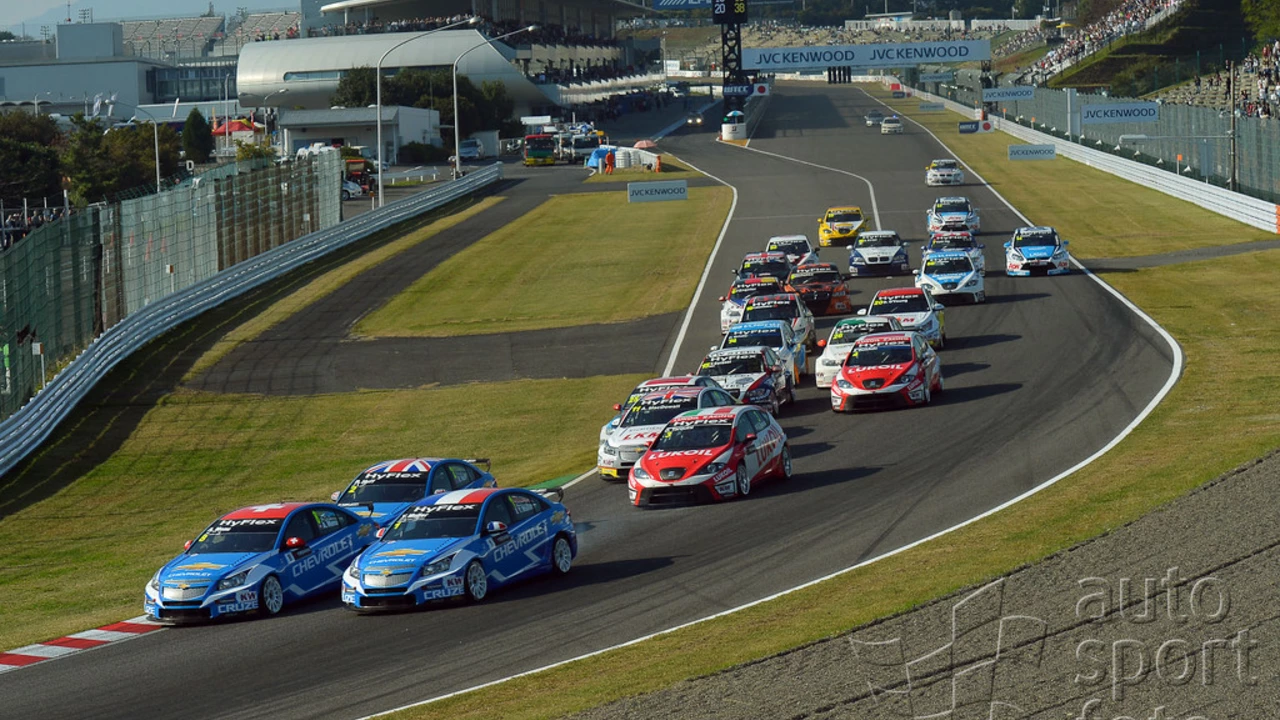Race Start: How to Get Off the Line Faster
Pulling away from the grid feels like the most exciting part of any race. A good start can put you in front, while a bad one can leave you stuck behind. Below are simple, practical ways to make your launch smoother and quicker without needing a PhD in engineering.
Key Launch Techniques
First, focus on weight transfer. When the lights go green, press the clutch in, rev the engine to the sweet spot (usually around 3,000‑4,000 RPM for most street‑legal race cars), then quickly release the clutch while adding a little throttle. This sudden shift of weight to the rear wheels gives you better traction.
If your car has a launch control system, use it. The system holds the engine at an optimal RPM and manages clutch engagement automatically. Just make sure you’re familiar with the pre‑set settings; a wrong map can waste precious seconds.
Don't forget about tire temperature. Warm tires grip better, so do a few short shakedowns before the race or use a tire warming blanket if the track allows it. A warm tire can improve launch grip by up to 10%.
Must‑Have Parts for a Strong Start
A lightweight flywheel reduces rotational mass, letting the engine rev up quicker. It’s a cheap upgrade that pairs well with a performance clutch that can handle higher torque without slipping.
High‑performance clutch kits often include a pressure plate and a friction disc designed for rapid engagement. When combined with a short‑throw shifter, you’ll shave off fractions of a second each shift.
Invest in a set of soft‑compound, high‑grip tires. They may wear faster, but the trade‑off is worth it for the initial grip burst you need at the start.
Suspension tuning matters too. Slightly softer rear springs help the car squat more when you launch, increasing rear tire contact. Just keep the front stiff enough to prevent excessive nose‑over.
Finally, consider a rev limiter or a programmable ECU. These let you lock the RPM at the exact point where the engine makes the most torque, preventing you from over‑revving on the launch.
Practice makes perfect. Spend time on the track doing launch drills, record your times, and tweak one variable at a time—whether it’s clutch bite point, RPM, or tire pressure. Small adjustments add up, and before you know it, you’ll be leaving the grid with confidence and speed.

Why are cars put behind one another at the start of a race?
Alright folks, let's talk racing, and no, not the one where you're late for work! Ever wondered why cars are lined up one after the other at the start of a race? It's not because they're playing follow the leader, it's actually for safety and fairness. It ensures every driver has an equal opportunity to gun it when the flag drops. So, next time you're stuck in traffic, remember, it's not a race...or is it? Buckle up and keep smiling, it's all part of life's great race!
- Sports (5)
- Entertainment (4)
- Sports & Recreation (3)
- Motorsport (2)
- Automotive Racing (1)
- Free Computer Games (1)
- Drag Racing Tips and Strategies (1)
- Biography Websites (1)
- Gaming and Racing Simulation (1)
- Automotive & Racing (1)
-
Why is the height of a racing car kept small?
20 Jul 2023 -
What makes drag racing difficult?
28 Feb 2023 -
Rain Showers Return This Week: What to Expect and How to Prepare
23 Sep 2025 -
How much does a race car weigh?
26 Jul 2023 -
Hilaria Baldwin & Gleb Savchenko Eliminated on Disney Night as 40M Votes Surge
8 Oct 2025
31.07.23
Caden Lockhart
0